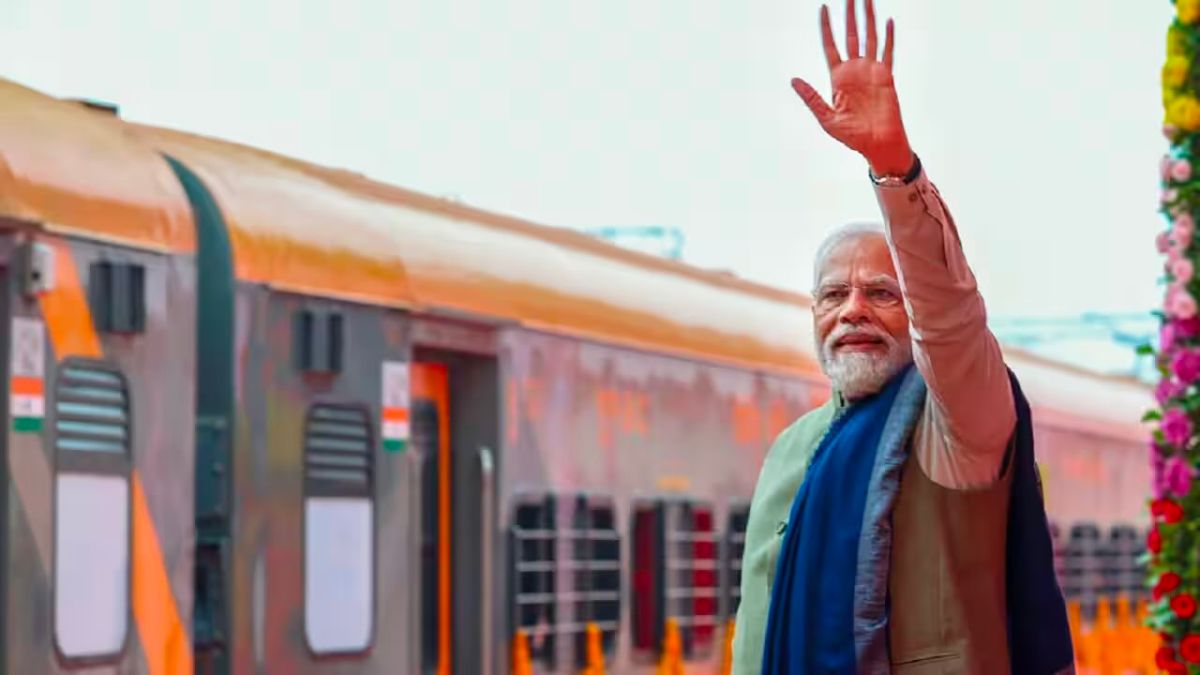All you need to know about Ayodhya Dham Junction Railway Station

Costing over ₹240 crore, Ayodhya Dham Junction railway station emerges as a modern marvel. The three-story structure is not just a transportation hub but a blend of modernity and green initiatives.
Equipped with contemporary facilities, the station ensures a seamless travel experience. Features like lifts, escalators, food plazas, and shops catering to puja needs enhance convenience. Cloakrooms, child care rooms, and spacious waiting halls contribute to a traveler-friendly environment.
Designed to be ‘accessible for all,’ the station prioritizes inclusivity. Notably, it proudly holds an ‘IGBC-certified green station building’ tag, reflecting a commitment to eco-friendly practices.
Prime Minister Modi inaugurated the station by flagging off two Amrit Bharat and six Vande Bharat Express trains. Amrit Bharat Express, a superfast passenger train, introduces the LHB push-pull feature. While non-air-conditioned, it focuses on passenger comfort with enhanced amenities like well-designed seats, improved luggage racks, mobile charging points, LED lights, CCTV surveillance, and a public information system.
The newly introduced Amrit Bharat trains will operate on the Darbhanga-Ayodhya-Anand Vihar Terminal and Malda Town-Sir M Visvesvaraya Terminus (Bengaluru) routes.
Among the flagged-off Vande Bharat Express trains are routes like Shri Mata Vaishno Devi Katra-New Delhi, Amritsar-Delhi, Coimbatore-Bangalore Cantt, Mangalore-Madgaon, Jalna-Mumbai, and Ayodhya-Anand Vihar Terminal.
Alongside the station’s inauguration, PM Modi dedicated three railway projects worth ₹2,300 crore. These projects focus on strengthening rail infrastructure in the region and include the Rooma Chakeri-Chanderi third line, sections of the Jaunpur-Ayodhya-Barabanki doubling project, and the doubling and electrification project of the Malhaur-Daliganj railway section.
